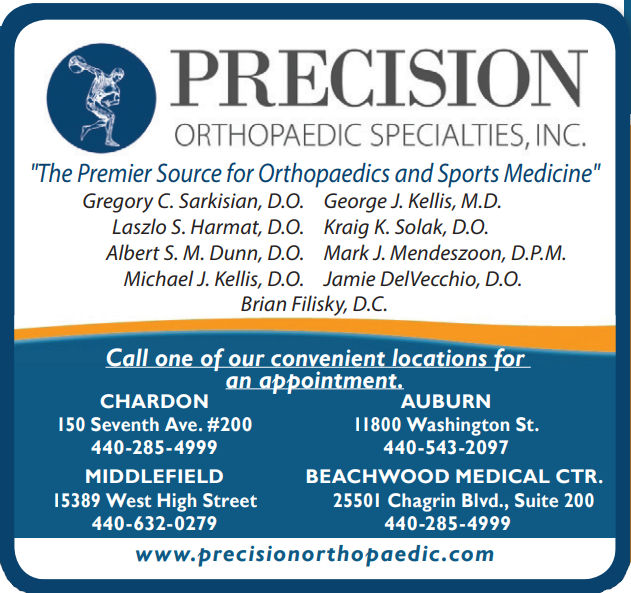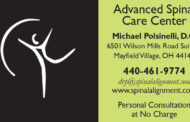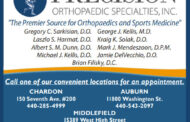by.Dr. Jamie DelVecchio
Pain or numbness from an entrapped nerve can be debilitating. Known as entrapment neuropathy, it is common, but can be under-recognized as a source of pain.
Nerves pass through many muscles and tissue when traveling from the spine to their destination. They are supposed to glide smoothly around these surrounding structures, but can become stuck or compressed by the tissue. This can cause various symptoms such as pain, numbness and tingling, or weakness. Conservative measures, such as physical therapy, are usually a first-line treatment. But what is the next step if these treatments fail?
Hydrodissection is an ultrasound-guided technique that utilizes fluid injected around a nerve or tendon to free it from neighboring structures. Once the entrapped nerve or tendon is released, it can move more freely and return to its normal function again. This procedure is done using normal saline and a local anesthetic. In some cases, it may be combined with cortisone or platelet-rich plasma (PRP) to decrease inflammation and promote better healing.
There are many conditions that may benefit from hydrodissection.
As mentioned previously, it is frequently used in patients who suffer from nerve entrapments, such as carpal tunnel syndrome. Carpal tunnel syndrome is a condition that causes pain and numbness in the hand when the median nerve is compressed as it travels through the wrist into the hand. It is more common in people who perform assembly line work, as well as diabetics.
Hydrodissection is also beneficial in patients who develop scar tissue within a joint, muscle or tissue after a trauma or a previous surgery. Releasing this scar tissue can improve both pain and range of motion in the joint.
Hydrodissection is a minimally invasive procedure that is performed in the office. When done properly, the treatment should cause little to no pain. The patient may start to feel relief immediately, or it may gradually improve over time.
There are very few restrictions after a hydrodissection procedure. We usually recommend that patients avoid any strenuous activity the day of the treatment. We may also suggest physical therapy to aid in increasing and maintaining range of motion and strength when hydrodissecting scar tissue. Depending on the extent of the nerve or tendon entrapment, patients may require just one injection.
Although hydrodissection has been around for several years, it is being used more commonly as its applications are increasing and patients are searching for alternative treatments to medications and surgery.
























